
Investigation of architecture for the subjective life | No. 02
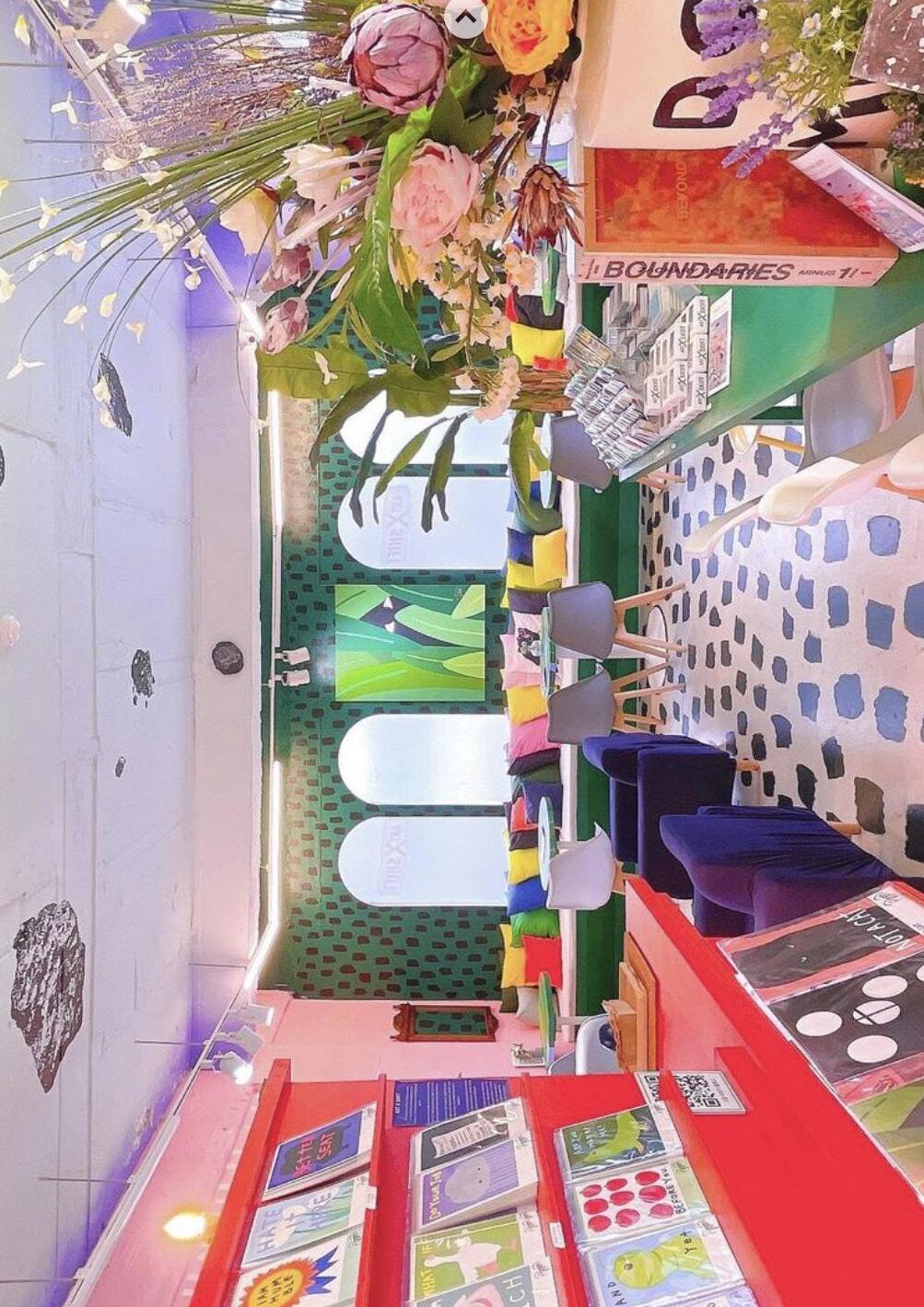
ART X SHIFT
ART X SHIFT
Catalysts of Spatial Agency
Blurring the Boundaries
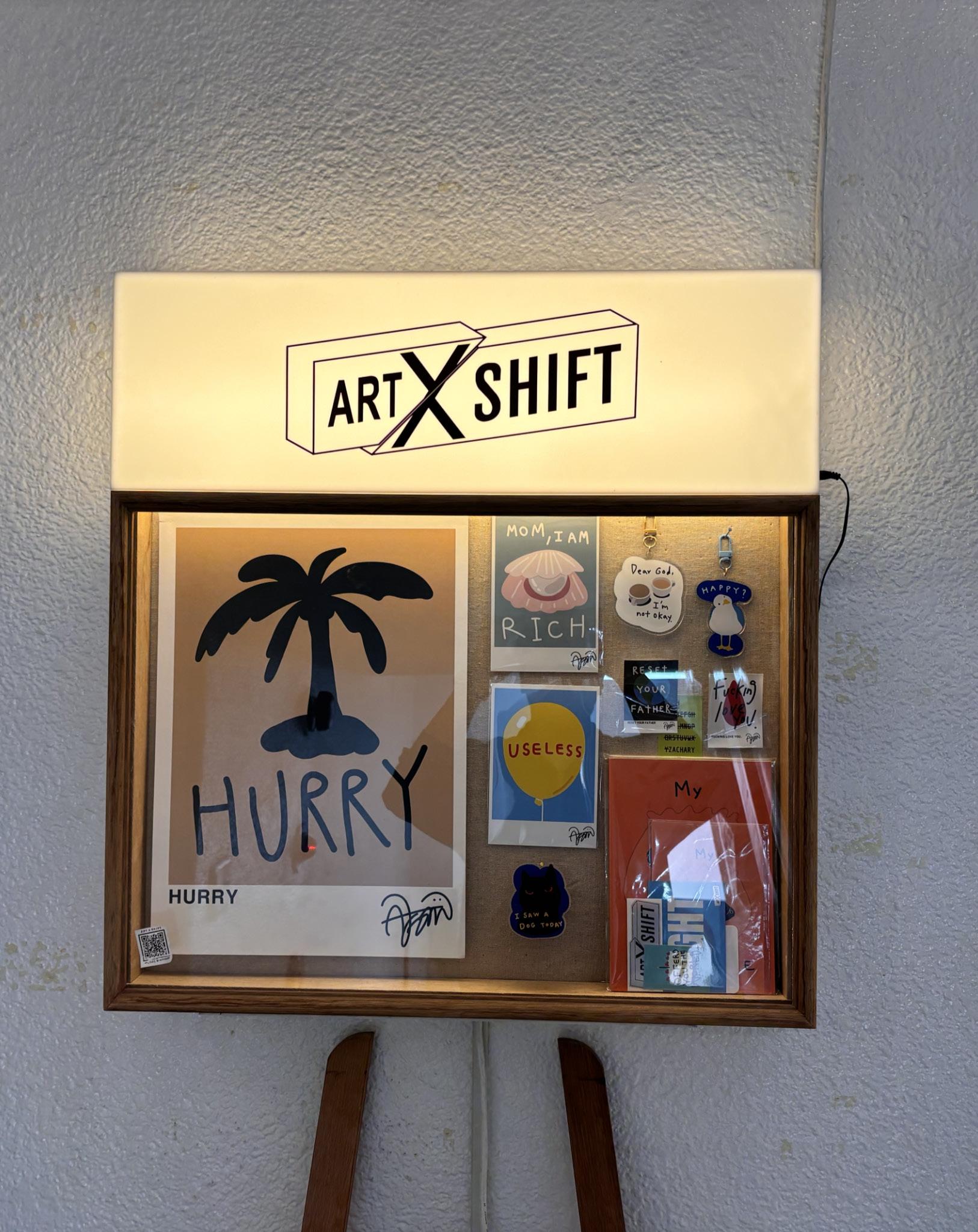
Content
Stage 1. Initial Integrity and Obstinacy as an Artist
p. 3 .
Stage 2. Starting to Blur the Boundary
p. 21 .
Stage 3. Fully Blurred Boundaries
p. 39
Essay. Catalysts of Spatial Agency
p. 49
ARTIST
ArtShift에서는 예술가와 관객 간의 경계를 허 무는 것이 공간 전체의 경험을 형성하는 핵심 원 리이다. 이 여정은 창작자와 소비자 간의 더 깊 은 통합과 협력을 나타내는 세 가지 단계로 전 개된다.
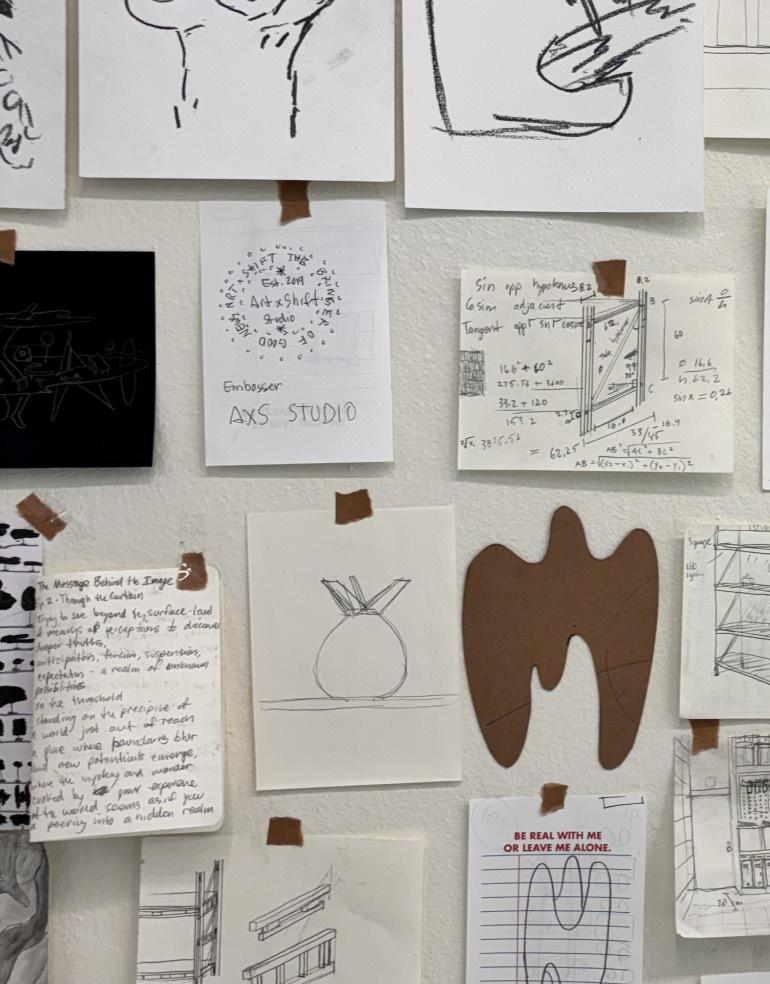

At ArtShift, the concept of blurring the boundaries between artist and audience is a central tenet that shapes the entire experience of the space. This journey unfolds in three distinct stages, each representing a deeper integration and collaboration between creators and consumers.

AUDIENCE

미국에서 예술가로서 경력을 시작한 한 커플은
갤러리와 예술가 사이의 관계에 환멸을 느끼고
기존의 구조에서 벗어나 새로운 시스템을 만들기
위해 한국으로 왔다. 그들은 처음에 자신들의 작
업 공간을 갤러리로 제안하며 기존의 예술에 도
전하는 비전을 목표했다. 갤러리를 설립하는 것
은 어려웠지만, 그들은 점차 한국인들 사이에 갤
러리를 편하게
A couple who started their career as artists in the United States came to Korea feeling disillusioned with the relationship between galleries and artists, aiming to break away from existing structures and create a new system. They initially proposed their workspace as a gallery, embodying the vision that challenges conventional art. While establishing the gallery was challenging, they gradually realised the absence of a cultural mindset among Koreans to comfortably visit galleries and appreciate art. They observed people feeling unenvironment where people could easily engage with art in a relaxed manner, realizing the presence of art around them.
Stage 1
Initial Integrity and Obstinacy as an Artist

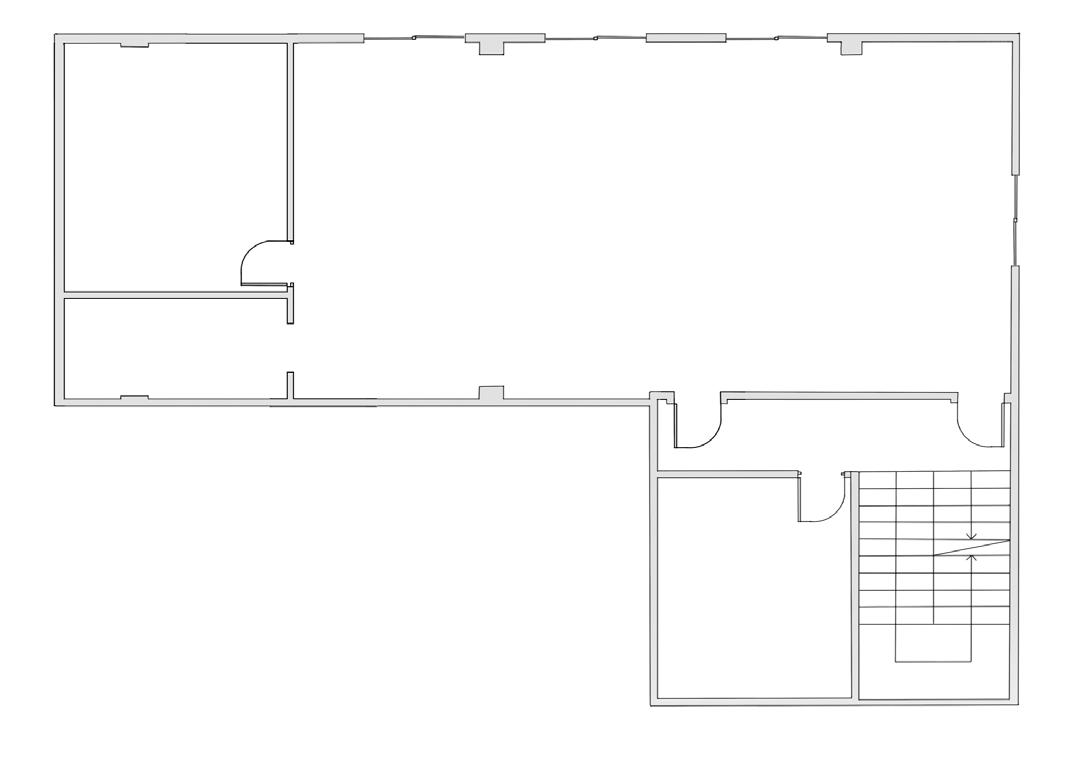


초기에 ArtShift의 창립자들은 예술가로서의 정
체성과 자부심을 가지고 작업에 임했다. 그들은
예술적 과정과 전통적으로 연관된 명성, 자율성
을 유지하기 위해 결심했으며, 이는 창작 비전을
지키기 위해 외부의 영향을 거부하는 예술가들
사이에서 흔히 나타나는 감정을 반영했다. 따라
서 좌측 이미지들을 보면, 먼저 Ah-Young Jeon 과 Zach Roberts가 처음 공간을 임대했을 때의
원래 평면도를 볼 수 있다. 이어서 초기 아이디
어와 제안된 계획은 공간 내 구역의 명확한 구분
으로 인해 그들의 예술적 고집을 반영하고 있다.
In the beginning, the founders of ArtShift approached their work with a sense of integrity and pride in their identity as artists. They were determined to maintain the prestige and autonomy traditionally associated with the artistic process. This stage reflects a common sentiment among artists who may resist outside influence to preserve their creative vision. Thus, looking at the images on the left, we first get a view of the Original Floorplan that owner Ah-Young Jeon and Zach Roberts had walked into when first leasing the space. Then both the Initial Idea and Proposed Plan are reflect of this obstinacy within their artisty due to the apparent division of zoning in space.s.
1. 최초의 Artshift 평면
2. Artshift 초기 평면 아이디어
3. 최종 선택된 평면


ArtShift의 직접 테이블, 바, 기타 공간 요소들을
제작하는 “self-build” 접근 방식은 칭찬할 만하
며, 전체적인 경험에 깊이를 더해준다. 이러한 손
수 공간을 만드는 접근을 통해 ArtShift는 장인
정신에 대한 헌신을 보여줄 뿐만 아니라, 공간 내
에서 주인의식과 진정성을 키운다. ArtShift 내
의 self-building 행위는 단순한 건축을 넘어, 창
립자들의 삶에 깊이 뿌리내린 의식적인 실천된
다. 이러한 의식은 단순한 작업을 넘어, 창립자들
이 공간과 깊이 연결되는 신성한 순간인 것이다. self-build의 각 순간은 의도와 의미로 가득 차 있
으며, 창립자들이 그들의 비전에 대한 헌신을 재
확인하는 상징적인 순간이다. 이는 단순히 가구
를 조립하는 것이 아니라, 그들의 창의적 에너지
를 ArtShift의 정체성을 형성하는 실체적인 형태
로 전환시키는 것으로, 궁극적으로 실용성을 초 월하는 것이다.
The “self-build” stance taken by ArtShift in constructing their own tables, bar, and other elements of their space is commendable and adds depth to the overall experience. By engaging in this hands-on approach to creating their environment, ArtShift not only demonstrates a commitment to craftsmanship but also fosters a sense of ownership and authenticity within their space. The act of self-building within ArtShift extends beyond mere construction; it becomes a ritualistic practice deeply ingrained in the lives of the owners. These rituals are more than just tasks—they are sacred moments where the founders connect with their space on a profound level.
Each instance of self-building is imbued with intentionality and meaning, symbolizing a reaffirmation of the founders’ commitment to their vision. It’s not just about assembling furniture; it’s about channeling their creative energy into tangible forms that shape the identity of ArtShif, ultimately transcending the realm of practicality.


갤러리와 예술가 사이의 전통적인 관계를 넘어
자신들만의 독립적인 시스템을 만들고자 하는 작
가들의 행위는 Artshift의 self-build 태도와 긴
밀하게 일치한다. 그들이 공간 내 가구와 요소들
을 직접 제작하기로 선택한 것은 단순히 물리적
인 환경을 조성하는 것뿐만 아니라, 예술계의 구
조와 역학을 재정의하는 것이기도 하다. ArtShift
의 작가들이 자신들의 공간을 스스로 만드는 선
택은 예술 커뮤니티 내에서의 자율성과 주체성을
주장하는 것이다. 기존의 갤러리나 기관에 의존
하기보다는, 그들은 스스로 행동에 나서며 전통
적인 규범과 권력 구조에 도전하는 DIY 정신을
구현하고, 기존 구조에서 벗어나 새로운 길을 개
척하고 있다.
Q. 이 공간을 만든 목적과 이유는 무엇인가요?
A. 저희는 원래 미국에서 활동했어요. 현재 예술
계에서 갤러리와 예술가들이 맺고 있는 관계를
넘어, 독립적인 시스템을 만들고 싶었기 때문에
이곳에 와서 갤러리와 쇼룸으로 사용할 수 있는 우리만의 공간을 만들었어요.
Q. 왜 을지로에서 이런 공간을 만들기로 결정했 나요?
A. 예술가들이 작업을 하려면 임대료가 적당해야 하는데, 을지로가 이 조건에 가장 잘 맞았어요. 또 한, 을지로에는 많은 예술가들의 작품이 모여 있
어 일종의 예술 허브를 형성하고 있어요. 저희는
Initial Integrity and Obstinacy as an Artist
The owners’ response about wanting to create their own independent system beyond the traditional relationship between galleries and artists aligns closely with the self-build stance of ArtShift. By opting to construct their own furniture and elements within the space, they are not only creating a physical environment but also redefining the very structure and dynamics of the art world. In choosing to build their own space, the owners of ArtShift are asserting their autonomy and agency within the art community. Rather than relying on established galleries and institutions, they are taking matters into their own hands, embodying a DIY ethos that challenges conventional norms and power dynamics, breaking-away from traditional structures and forging a new path forward.
Q. What was the purpose and reason for creating this space?
A. We originally operated in the United States. Wanting to create our own independent system beyond the relationship galleries and artists have in the current art world, we came here to create our own space, to be used as both a gallery and a showroom.
Q. Is there a reason why you chose this place, Euljiro, to create such a space?
A. Firstly, for artists to work, the rent needs to be affordable, and Euljiro was the best fit for that condition. Additionally, many artists’ works are gathered in Euljiro, forming a kind of art hub. We came here to participate in that art hub.

https://m.blog.naver.com/PostList.naver?blogId=dswoong84&tab=1&trackingCode=blog_bloghome
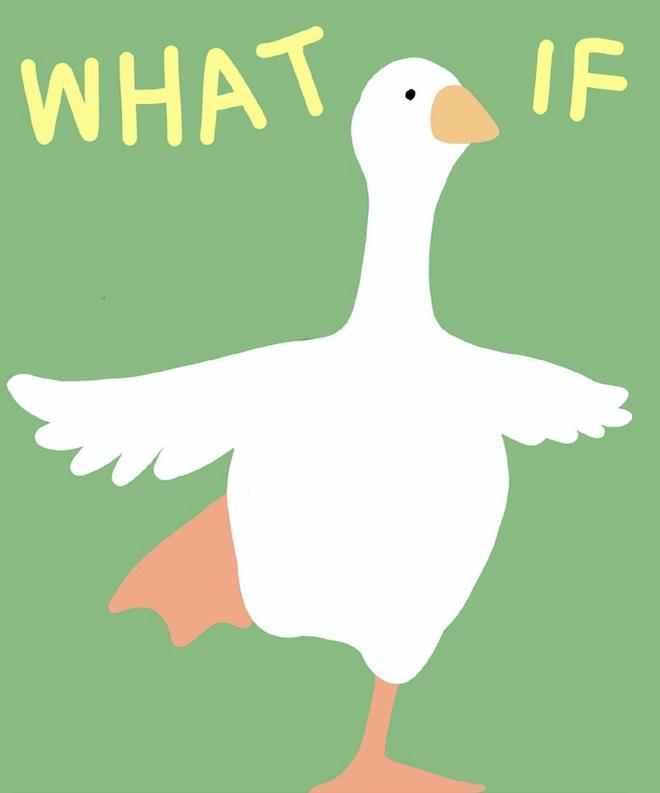
WHAT IF 전아영 작가
예술가이자 공동 소유주인 전아영 작가의 작품은 ArtShift 공간에서 처음으로 전시된 작품 중 하나 였다. 그녀의 작품은
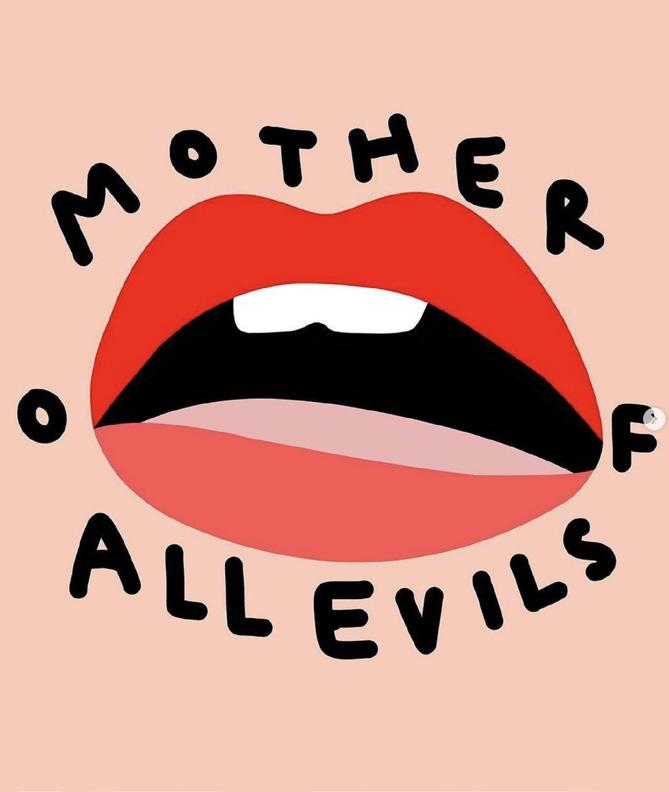
MOTHER OF ALL THE EVILS
Artist and Co-owner, Ah-Young Jeon, works was one the first to be exhibited in the ArtShift space. Aspects of the sociological are closely linked to the concepts behind her works. The striking colours that are present in Ah-Young’s work resonate with the viewer through simplicity of design, while strongly relating to the concepts present. Her works are often displayed in large canvases and their archives.
ZACH ROBERTS Exhibition
Initial Integrity and Obstinacy as an Artist

ZACH ROBERTS 작가
https://www.instagram.com/z_wro

Layered composition - large scale oil on canvas , view other slides for details.
전아영 작가의 남편이자 Artshift의 공동 소유주
이며 예술가인 Zachary Roberts도 자신의 작품
을 자주 전시한다. 그의 작품은 삶의 자율성과 관
련된 개념을 자주 다룬다. 그의 작품은 그녀와 달
리 흑백 드로잉 기법에 집중하며, 정교한 디테일
과 형태로 관객을 매료시킨다.
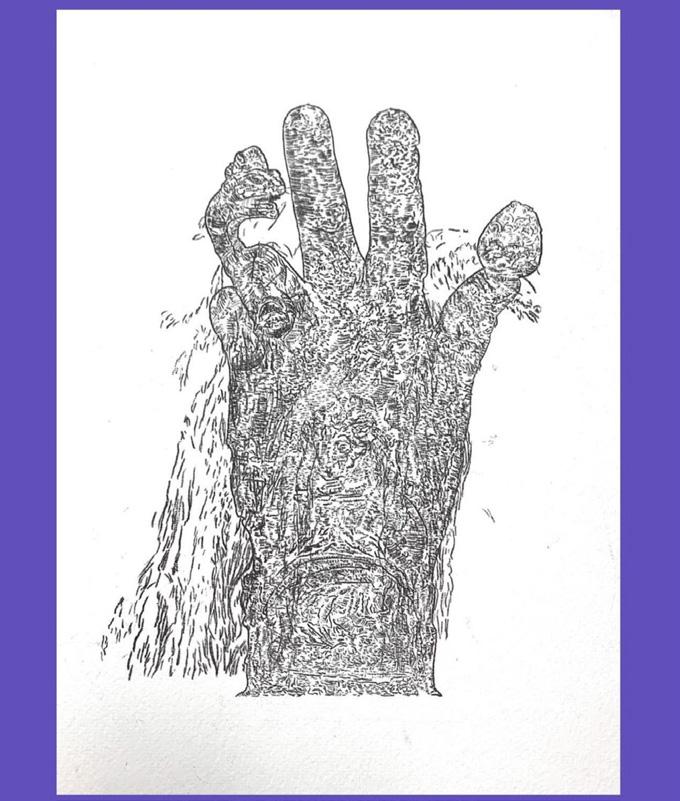
Graphite on paper - layered composition
Now the husband of Ah-Young Jeon, also an Artist and Co-owner of ArtShift, Zachary Roberts frequently exhibits his works as well. Aspects of autonomy of life are often linked to the concepts behind his works. Unlike Ah-Young, Zach heavily focuses on the black and white drawing technique with intricate details and forms that captivate the audiences.
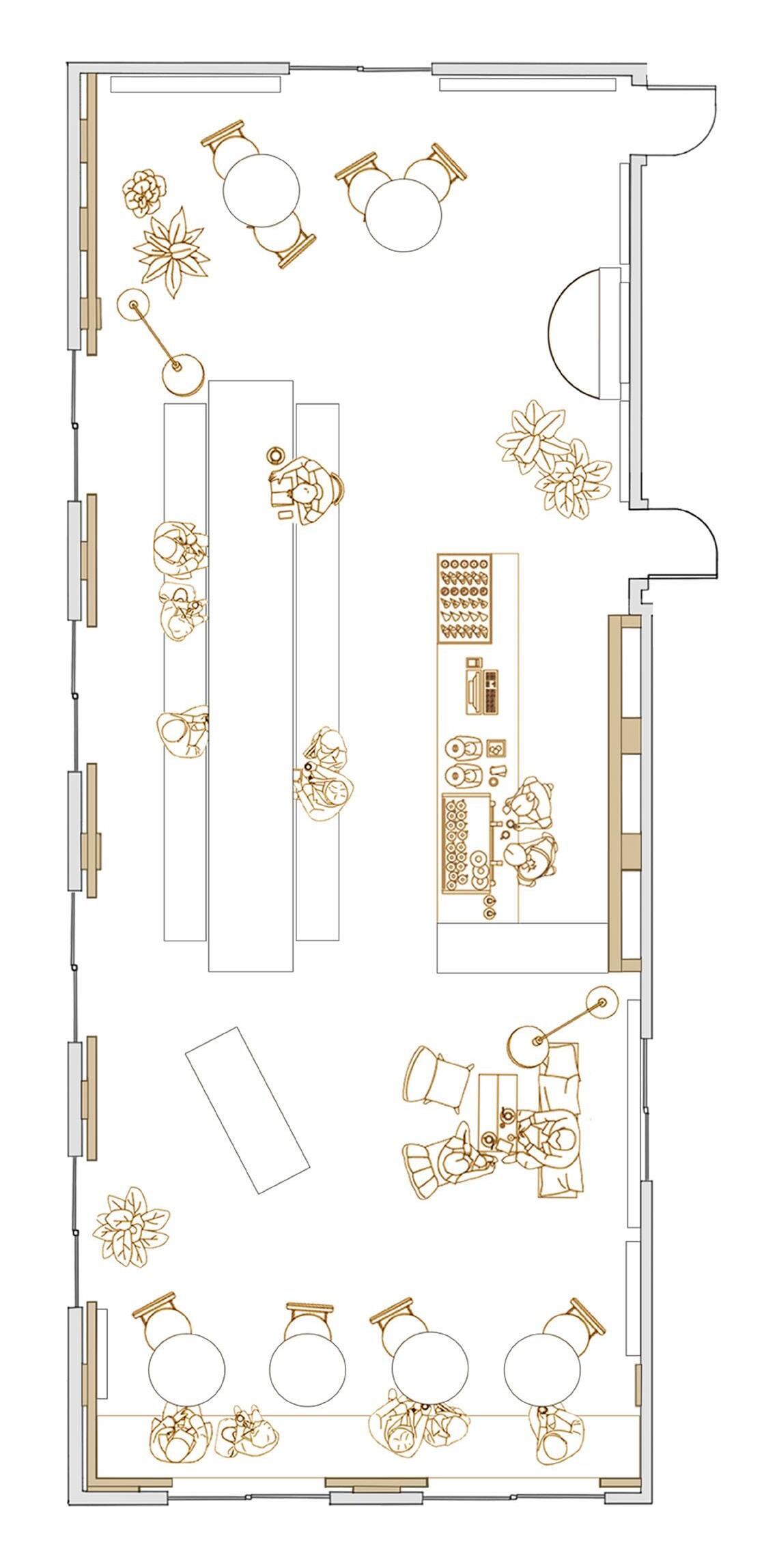
1. 사진 설명 필요
2. 사진 설명 필요
3. 사진 설명 필요
Initial Integrity and Obstinacy as an Artist


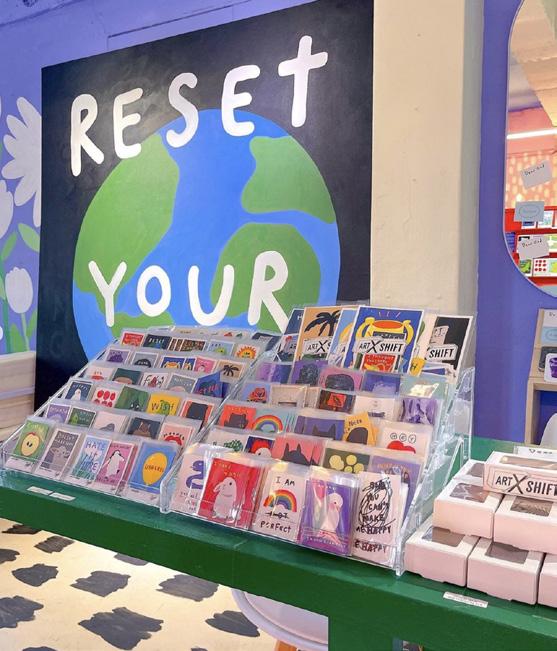
ⓒArtshift all rights reserved.
Variation #2로 넘어가면, 소유주들은 오른쪽 끝
에 있던 길고 좁은 작업 테이블을 재구성하여 늘
어나는 방문객들을 위한 추가 좌석 공간으로 활
용했다. 또 다른 길고 좁은 책상을 평면도의 중심
에 배치했는데, 이번에는 재료와 도구를 원형 그
대로 보여주는, “워크숍” 같은 전시 공간으로 활
용하면서 상품들을 스마트하게 배치했다. 이 배
치 조정은 ArtShift 공간의 기능성과 미적 매력
을 모두 향상시키기 위한 것이었다.
Moving onto the 2nd variation, they had repurposed the long, thin workshop table on the far right into more seating area for the visitors to accompany the rising number of guests. Another long thin desk was placed in the heart of the floor plan, but this time it served as the “workshop” like exhibit, showing materials and tools in a raw form and also placing the merchandises in a smartly manner. This layout adjustment aimed to enhance both the functionality and aesthetic appeal of the ArtShift space.

1. 사진 설명 필요
2. 사진 설명 필요
3. 사진 설명 필요
Initial Integrity and Obstinacy as an Artist



ⓒArtshift all rights reserved.
때때로 ArtShift는 다양한 아티스트들의 음악 공
연을 개최하기도 했다. 이때는 대부분의 가구를
2층 창고로 옮겨 기존 공간을 무대가 되는 공간
으로 만든다. 공연은 좌측 평면도의 중앙 부분에 서 진행되며, 관객들은 공간 왼쪽에 줄지어 앉는
다. 비록 공간은 작지만, 분위기 있는 조명과 장애 물 없는 공간을 통해 분위기와 미적 감각이 진정 으로 돋보인다.
At times, ArtShift also hosted musical performances from varying artists. When this is done, most furniture is moved away, most likely into their upstairs storage areas, creating an ultimate floor plan turning it into a stage. The performance would take in the central part of the floor plan with the audiences seated in rows on the left side of the space. Though it is a minimal area, the ambience and aesthetic are truly highlighted through mooded lightings and the lack of obstacle objects.
Stage 2
Starting to Blur the Boundaries

ArtShift가 발전함에 따라 창립자들은 관객의 피
드백의 가치를 인식하기 시작했다. 이 피드백은
비즈니스 측면에서뿐만 아니라, 그들의 예술에
담긴 메시지를 전달하고 해석하는 데에도 중요 한 역할을 했다. 창립자들은 예술적 고집을 조금
씩 내려놓기 시작했고, 관객과의 대화와 상호작
용이 창작물 형성에 중요하다는 것을 인정했다. 이러한 협력과 개방성으로의 전환은 예술가와 관
객 사이의 깊은 연결감을 키우고, 전체적인 경험
을 향상시켰다.
As ArtShift evolved, the founders began to recognize the value of feedback from their audience. This feedback was not only essential from a business perspective but also crucial for communicating and translating the messages embedded within their art. They started to loosen their grip on their artistic obstinacy, acknowledging the importance of dialogue and interaction with their audience in shaping their creative output. This shift towards greater collaboration and openness fostered a deeper sense of connection between artists and audience, enhancing the overall experience.

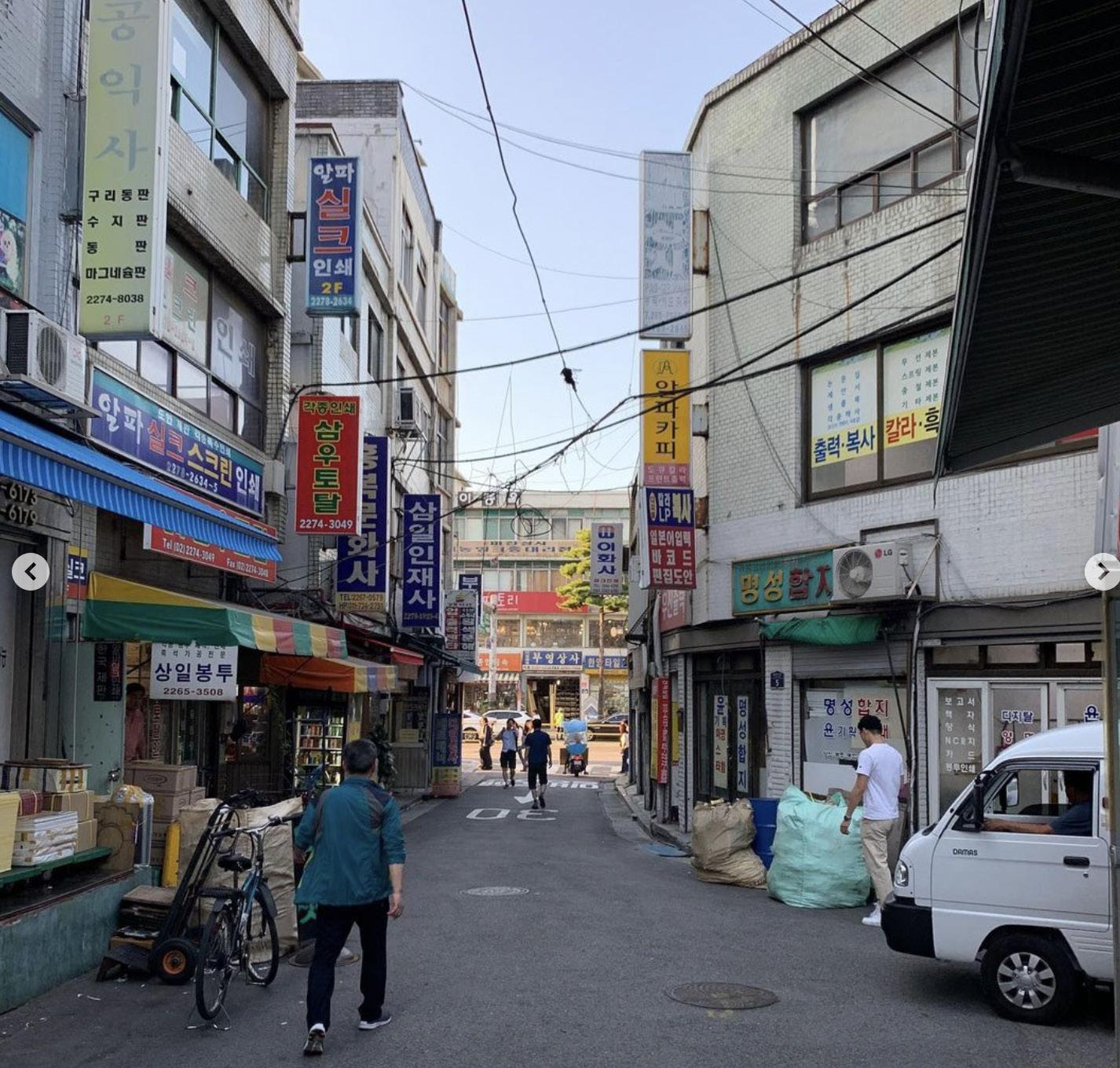
Q. 이 지역에 위치하면서 겪는 어려움은 무엇인 가요?
A. 공간이 숨겨져 있어 대부분의 방문객들이 자
발적으로 방문하기보다는 ArtShift를 찾기 위해 의도적으로 오시게 돼요. 그래서 저희를 찾아 5층 까지 올라오신 후에 ‘와’ 하는 반응이 없으면 저희 는 실패하는거죠.
1. 골목에서 바라본 Artshift 건물 외관의 모습
2. 건물 앞 골목에서 을지로 대로 방향을 바라본 모습
Starting to Blur the
Q. What’s a challenge you face for being place in this area?
A. Due to our hidden placement of space most visitors come with the intention of visiting ArtShift more than spontaneously, so after hunting down and walking up 5 floors if that wow-factor is absent, we’re doomed.

ⓒArtshift all rights reserved.


ArtShift의 소유주들은 방문객들을 창작 과정에
적극적으로 참여시키며 예술가와 관객 사이의 경
계를 허물고 있다. 그 대표적인 예시로 테이블을
사용하여, 테이블을 단순한 객체에서 역동적인
캔버스로 변모시킴으로써 창작자와 관찰자 간의 구분을 흐릿하게 만든다.
방문객들은 예술적 여정에 적극적으로 참여하여, 공간의 변화무쌍한 모습을 함께 만들어가며 창작 경험에 대한 공동의 주인의식을 키워간다. 이러
한 방식으로 소유주들은 전통적인 역할과 위계질
서를 초월하여, 예술가와 관객이 유동적이고 포
용적인 방식으로 협력하고 함께 창작하는 공간
을 만들어낸다.

The owners of ArtShift blur the boundaries between artist and audience by actively involving visitors in the creative process, using the table as a prime example. This practice transforms the table from a passive object into a dynamic canvas, blurring the distinction between creator and observer.
Visitors become active participants in the artistic journey, contributing to the everchanging landscape of the space, fostering a sense of shared ownership over the creative experience. In this way, the owners transcend traditional roles and hierarchies, creating a space where artists and audience members collaborate and co-create in a fluid and inclusive manner. Starting








Artshift 공간을 처음 설계하고 계획할 때, 모든 것이 하나의 캔버스 처럼 보였고, 저희가 마주하는 빈 곳마다 저희의 예술적 면모를 그려 내고 싶었어요
When we first designed and planned for the Artshift space, everything seemed like a canvas, we wanted to paint and express our artistic side on anything blank we come across ”
As we started to use the tables as a canvas as well, all-nighter to paint these tables in a forest-leaf realised this was a turn off to the customers as it take pictures of their coffee on those tables for SNS (the table) was too over powering the photo, making that experience.


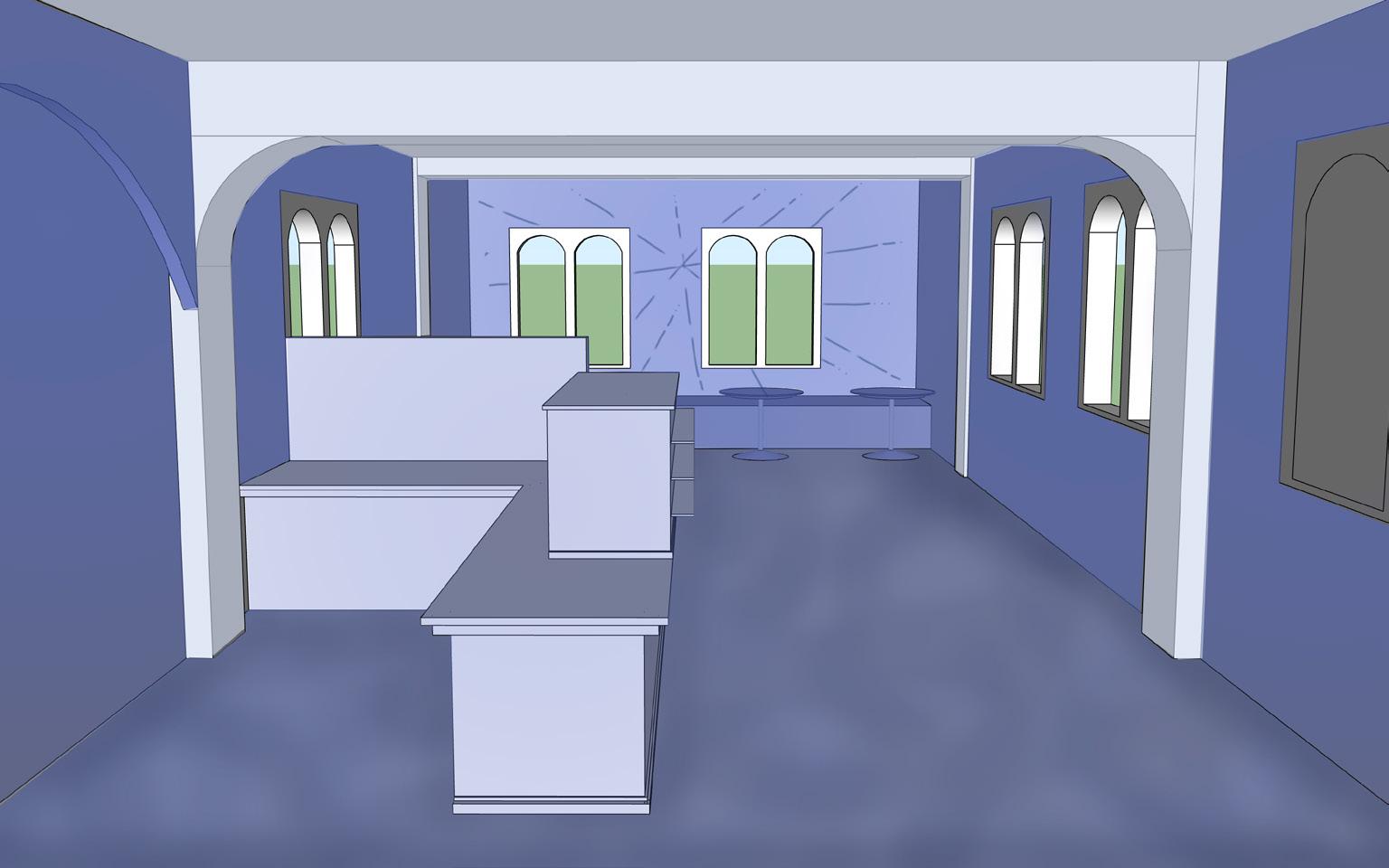
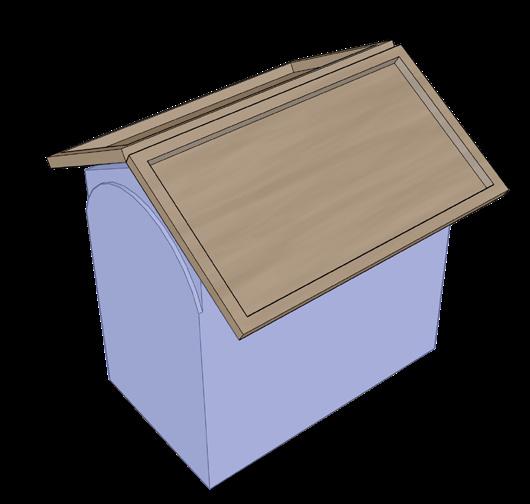
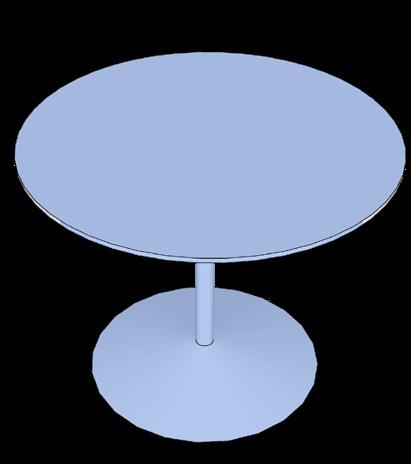

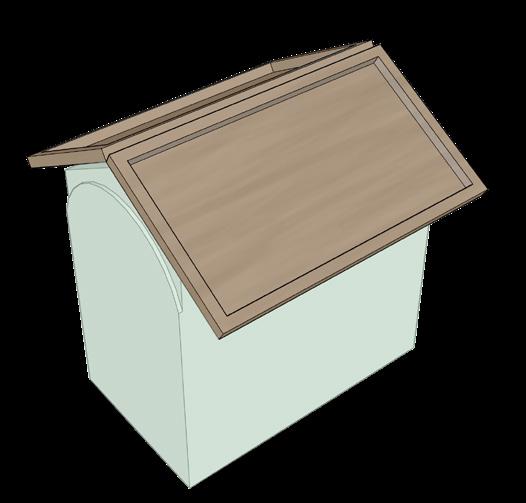

시작하면서 저희는 굉장히 신이 났어요. 한 번
밤새도록 칠하며 큰 자부심을 느꼈죠. 그
시각적으로 부담이 되는 것임을 깨달았어
올릴 때, 테이블이 배경으로 너무 강렬
이 경험을 통해 많은 것을 배웠어요
well, we got pretty excited. One time I spent an concept and was super proud. However I soon was too much on the eyes. Especially when they SNS they would quickly give up , as the backdrop making it unattractive to the eye. We learnt alot from experience. “
처음 공간을 파란색으로 칠할 때, 저희는 영업 시간에 영향을 주고
싶지 않아서 밤에 작업을 했어요. 하지만 다음 날, 날이 밝았을 때 햇 빛 때문에 색상이 완전히 다르게 보인다는 것을 깨달았어요. 그래서
전부 다시 칠해야 했고, 이번에는 자연광에서 색상을 제대로 볼 수 있도록 낮에 작업을 했어요 ” “
When we first painted the room blue we had painted it during the night as we did not want to distrup opening hours. However, when the next day came we realised that the colour looked totally different. Hence we had to repaintit allover, only this time, during the day so we would be able to truly see its full colour in the natural light ” “
어두운 녹색으로 공간을 칠한 후, 저희가 저희 컨셉에 갇힌 듯한 느 낌을 받았어요. 특정한 방 색상에서 작업을 하다 보면, 무의식적으로 그 벽 색상과 작품을 맞추려는 경향이 있음을 깨달았죠. 그래서 현재 는 덜 대담한 색상 팔레트를 사용하는 것이 좋겠다고 느꼈어요 ” “
Not after long painting the place dark green (one of their previous looks), we felt trapped in our concept. Such as, if we had a specfic room colour and was working on our own art projects, we’d realise that we would subconciously try to match our artwork with the wall colours at that time. Thus prompting for a less bold colour- palette for the moment ”

해요 ”
It’s on of the most popular spots within the space. The customers send lot of their time observing the archivings while waiting for their drink or after finishing it

좌측 히트맵은 이 변형의 평면도 레이아웃일 때 공간 내의 순환과 공간 점유도를 보여준다. 히트
맵 하단에 배치된 히트 맵 스케일 바를 통해, 순 환이 밀집할수록 맵의 빨간색이 짙어진다는 것을 알 수 있다. 이 히트맵을 통해, 가장 밀집된 지역
중 하나가 입구 옆의 포스터 아카이빙 구역임을 확인할 수 있다.
Here the heat map shows the circulation and spatial occupany within the space when the floorplan layout was like this variation. With the Heat Map Scale bar allocated below it, we can see the denser the circulation gets, the redder the map gets as well. Here we can identify that one of the densest area in next to the entrance where the archiving of posters happen.


















